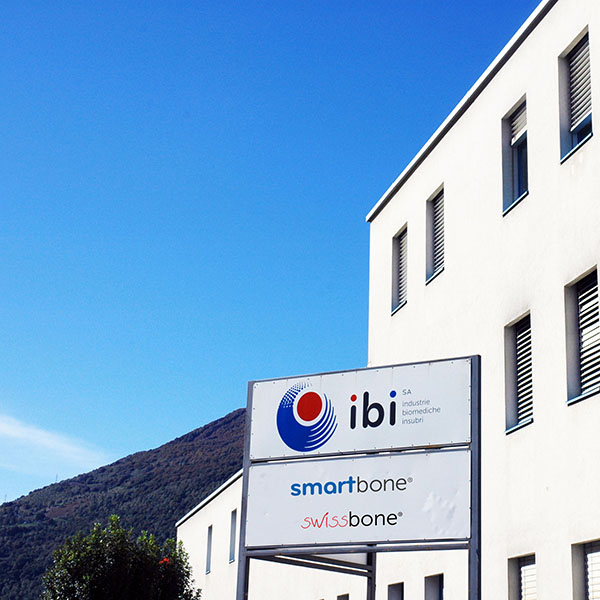CLOSE

Date:
2021
Journal:
Materials Today
Author:
Rahmati, M.; Stötzel, S.; El Khassawna, T.; Mao, C.; Ali, A.; C. Vaughan, J.; Iskhahova, K.; Florian Wieland, D.C.; Gonzalez Cantalapiedra, A.; Perale, G.; Betge, F.; P. Dillon, E.; Lyngstadaas, S. P.; Haugen, H. J.
Link:

Biomaterial scientists design organic bone substitutes based on the biochemical properties of the mimicked tissue to achieve near native functionality. Several non-collagenous proteins in bone are known as intrinsically disordered proteins (IDPs), as they lack detectible ordered domains and a fixed 3D structure under physiological conditions. Many IDPs perform regulatory roles in a range of cellular functions, which motivated us to design two proline-rich disordered peptides (P2 and P6) and augmented them into the SmartBone® (SBN) biohybrid substitute. Recently we reported an improved proliferation and osteogensis of human osteoblasts and mesenchymal stem cells in the composite groups containing peptides (named here as SBN + P2 and SBN + P6) in vitro. To address the effects of these composites on bone formation and biomineralization, this in vivo study investigated their functions in critical size craniotomy defects in 16 domestic pigs after 8 and 16 weeks of healing. For this purpose, we used cone beam computed tomography (CBCT), microCT (µCT), histology, immunohistochemistry, fluorescent labeling of abundant reactive entities (FLARE), synchrotron SAXS/XRD, optical photothermal IR (O-PTIR) microscopy and nanoscale atomic force microscopy-infrared (AFM-IR) analyses. Our results represent new synthetic IDPs as potential candidates for directing bone formation and biomineralization. The SBN + P6 stimulated significantly higher bone formation and biomineralization after 8 weeks of healing compared to other groups indicating its potential in stimulating early biomineralization. After 16 weeks of healing, the SBN + P2 induced significantly higher bone formation and biomineralization compared to other groups indicating its effects on later bone formation and biomineralization processes. The vigorous stretching of amide primary and secondary IR absorbance peaks at 1660 and 1546 cm−1 in the SBN + P2 group verified that this peptide experienced more conformational changes after 16 weeks of implantation with a higher phosphate intensity at 1037 cm−1 compared to peptide 6. Overall, P2 and P6 are promising candidates for bone augmentation strategies in critical clinical applications. We concluded that FLARE and O-PTIR are promising tools in evaluating and diagnosing the biochemical structure of bone tissue and the bone-biomaterial interface.

IBI SA
Industrie Biomediche Insubri SA
via Cantonale 67, CH-6805 Mezzovico-Vira, Switzerland
t. +41 91 93.06.640
f. +41 91 220.70.00